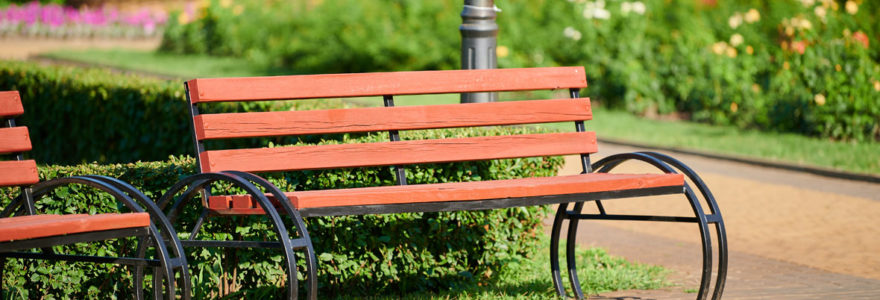Preserving the quality and extending the lifespan of street furniture significantly contributes to the aesthetic appeal and functionality of urban public spaces. This piece delves into the integral role of street furniture within city life, the ways to enhance public places with well-designed pieces, and how these objects reflect local culture and aesthetics. Furthermore, this discussion sheds light on sustainable solutions for street furniture maintenance, the significance of material selection for longevity, and the role of advancements in technology for better maintenance and quality. With the right maintenance, materials, and practices, street furniture from sites like procity.eu can remain a vital and sustainable component of cities for years to come.
Street Furniture: The Backbone of Urban Public Spaces
In the realm of urban development, the element of street furniture plays a vital role. This article delves into the significance of street furniture, primarily focusing on maintenance to ensure longevity and quality in public spaces.
Role of Street Furniture in City Life
Street furniture, a term encompassing benches, seating, and other elements, breathes life into city spaces. These elements provide comfort to users, enriching their experience of park and outdoor areas. Moreover, these fixtures contribute to the aesthetics of urban areas, transforming them into vibrant, open spaces.
Enhancing Public Spaces with Thoughtfully Designed Street Furniture
Thoughtful design and placement of street furniture create inviting public spaces. New, innovative designs not only serve functional purposes but also add a visual appeal to streets. By offering rest and convenience, they encourage people to frequent public spaces, subsequently boosting local businesses.
Street Furniture as a Reflection of Local Culture and Aesthetics
Street furniture stands as a reflection of a city’s culture and aesthetic. From the design of the benches to the color of the seating, every aspect mirrors the local vibe and ethos. Thus, they function as silent storytellers, relaying the city’s history and ethos to its inhabitants and visitors alike.
Sustainable Solutions for Street Furniture Maintenance
Urban landscapes are constantly evolving with time, and street furniture plays a significant role in enhancing both the aesthetics and functionality of public spaces. Maintaining the quality and longevity of this furniture necessitates adopting sustainable solutions.
Use of Green Materials for Durable Street Furniture
Green materials, known for their little to no impact on the environment, are increasingly becoming an integral part of street furniture manufacture. These materials, which include recycled plastic and sustainably sourced wood, are robust and withstand the test of time, providing a sustainable solution for the upkeep of street furniture.
Recycled and Recyclable Materials in Street Furniture Production
Recycled materials are often used in the production of street furniture, contributing significantly to sustainability. These materials, which include recycled metal and plastic, reduce waste and lessen the demand for new resources. Furthermore, designing street furniture to be recyclable promotes a circular economy, thus supporting sustainable development.
Integrating Eco-friendly Practices in Street Furniture Maintenance
Integrating eco-friendly practices in the upkeep of street furniture is equally critical. Maintenance products that are environmentally friendly and biodegradable are used to meet this need. These products not only ensure the longevity of the furniture but also safeguard the environment, fulfilling the dual needs of quality and environmental protection.
Material Selection: A Crucial Aspect of Street Furniture Longevity
Street furniture longevity largely hinges on the selection of quality materials in the design phase. Diverse materials, each with their unique properties, find use in creating these essential public space elements. Specific recommendations on material selection and maintenance techniques aid in preserving the quality and extending the lifespan of street furniture. The choice of material greatly impacts the durability and maintenance costs. Opting for local materials offers the dual benefits of enhancing durability and curbing maintenance expenses. An apt illustration of this is the use of steel, a material renowned for its robustness and durability. Steel, when suitably treated and maintained, assures longevity and stands the test of time.
Advancements in Technology: Aiding in Street Furniture Maintenance and Quality
Technology advancements are increasingly aiding in street furniture maintenance and quality improvement. As public spaces continually evolve, the need for durable and high-quality urban furniture is more apparent. Harnessing the power of technology, a variety of products are being utilized to maintain and enhance the quality of street furniture. From smart coatings that protect against graffiti and weather damage, to advanced materials that resist wear and tear, these technological innovations are transforming our urban landscapes.
